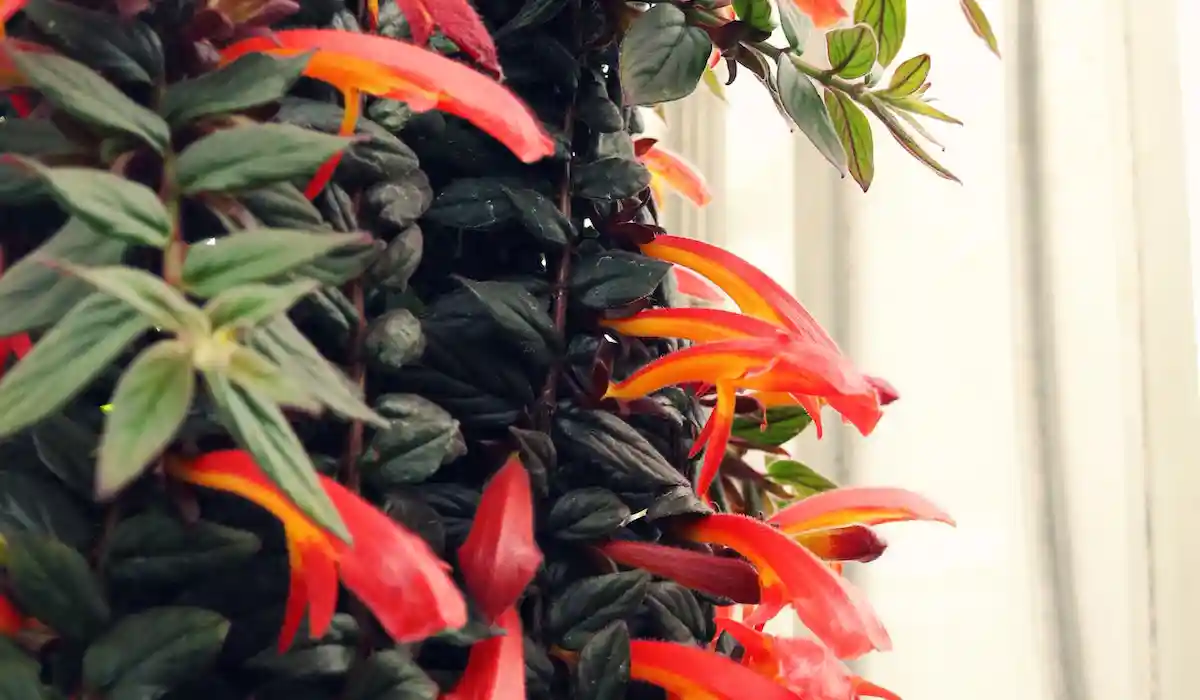Preserving a lush and thriving garden is a labor of affection, but one continual mission that all gardeners face is the presence of pests. This unwelcome traffic can wreak havoc on your plant life, leaving you annoyed and your garden in disarray. However, you do not need to motel harmful chemical substances to defend your lawn. In this text, we will discover the secrets to a pest-unfastened home lawn by using natural techniques that can be both effective and environmentally friendly.

Expertise lawn Pests
Before we delve into the solutions, it’s important to pick out a few commonplace garden pests and the harm they can cause.
1. Aphids
Aphids are tiny, sap-sucking bugs that could quickly multiply and infest your flowers. They weaken flora by extracting critical vitamins, causing leaves to curve and flip yellow.
2. Slugs and Snails
These slimy creatures can eat the leaves of your flora in a single day, leaving them riddled with holes and harm.
3. Caterpillars
Caterpillars are acknowledged for their voracious appetite and might munch their manner through your garden, especially on leafy vegetables.
4. Ants
At the same time as ants themselves may not without delay harm your flowers, they often defend and farm aphids, exacerbating your pest problem.
Herbal Pest manipulation techniques
Now that we know our adversaries, let’s explore natural pest management strategies to keep them at bay.
1. Associate Planting
Planting positive vegetation and herbs alongside your veggies can deter pests. Marigolds, for example, repel aphids and nematodes, while basil can deter flies and mosquitoes.
2. Neem Oil Spray
Neem oil is an herbal pesticide that can successfully control aphids, caterpillars, and other pests. Mix it with water and spray it on your plant life.
3. Beer Traps
For slugs and snails, install beer traps using burying packing containers full of beer in the floor. These pests are attracted to the beer and will drown in it.
4. Handpicking
While it could no longer be the nicest task, regularly check out your flora and take away caterpillars, snails, and different pests by hand.
5. Diatomaceous Earth
Diatomaceous earth is an herbal, abrasive substance that can be sprinkled around flora to deter crawling bugs like ants.
6. Row Covers
Use row covers to block pests from reaching your vegetation. This approach is particularly powerful against flying insects.
7. Useful bugs
Inspire the presence of beneficial bugs like ladybugs and lacewings, which feed on garden pests. You can entice them by way of planting flowers they enjoy.
Preserving lawn health
In addition to those pest control methods, keeping the general health of your lawn is essential.
1. Right Watering
Water your vegetation at the bottom to keep foliage dry, which can deter fungal diseases.
2. Mulching
Mulch around your vegetation to preserve moisture, regulate soil temperature, and reduce weed increase, which could entice pests.
3. Crop Rotation
Rotate your vegetation each season to save you from the buildup of precise pests inside the soil.
4. Normal Pruning
Prune your vegetation to remove damaged or diseased foliage, as those can entice pests.
Conclusion
A pest-free domestic garden is within reach, and you may reap it using natural, green methods. With the aid of knowledge of the pests that threaten your vegetation and enforcing the proper manipulation measures, you can experience a thriving garden without harming the environment.
FAQs
Q1: Are herbal pest management techniques as powerful as chemical insecticides?
Yes, natural pest management strategies may be just as powerful while applied effectively and constantly.
Q2: Are those techniques safe for kids and pets?
Most natural pest control methods are safe for children and pets, but it’s vital to comply with instructions and hold them far away from dealt with areas until they’re dry.
Q3: How frequently have I applied these natural treatments?
The frequency of utility depends on the severity of the pest hassle. Ordinary tracking and treatment as wanted are key.
Q4: Can I use multiple pest control techniques simultaneously?
Yes, combining exclusive methods can decorate their effectiveness. However, be careful now not to over-deal with your plant life.
Q5: What different practices sell a healthful lawn?
Everyday soil trying out, the right fertilization, and good enough daylight is crucial for a healthful garden similar to pest control.
